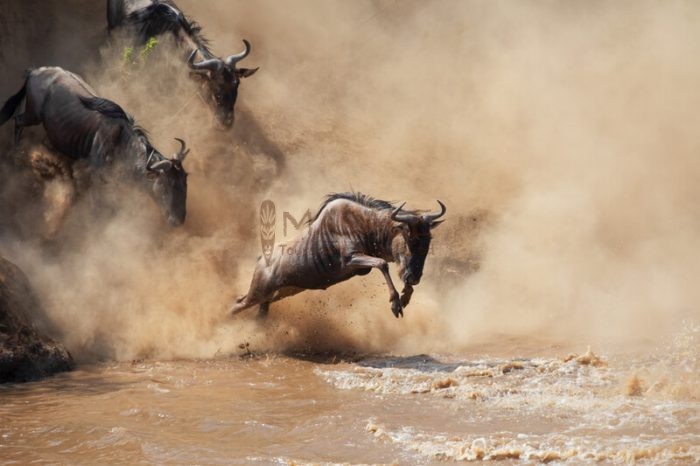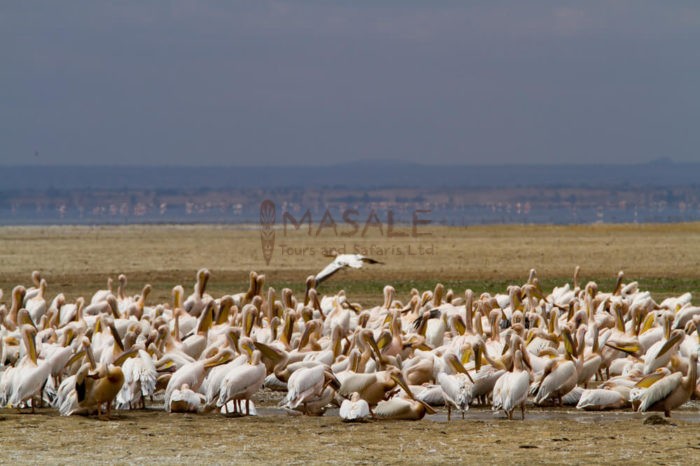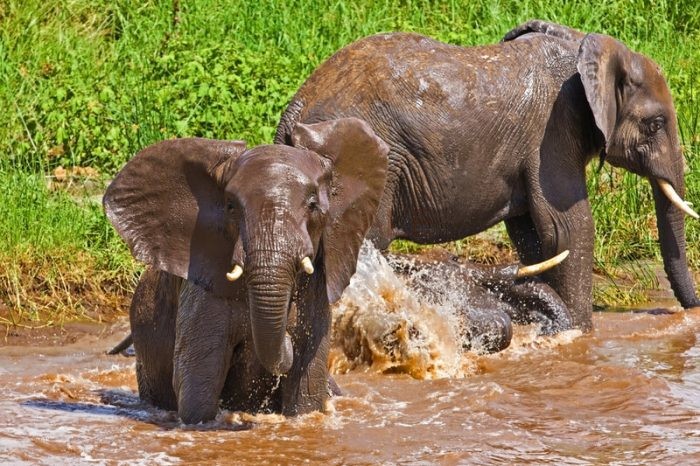Ngorongoro Crater
Related Tours

5 Days to Manyara, Serengeti and Ngorongoro Crater or Karatu
An exciting safari across Northern Tanzania with One Night Manyara, Two Nights The Serengeti and One Night Ngorongoro Crater or Karatu

Lake Manyara and Ngorongoro Crater or Karatu
Enjoy a full fun Tour for One Night Lake Manyara and One Night Ngorongoro Crater or Karatu 2 Nights / 3 Days

Northern Circuit Safari
Complete Northern Tanzania Circuit Safari across Ngorongoro Conservation Area, Serengeti National Park, L.Manyara National Park and Tarangire National Park
The caldera’s floor is predominantly open grassland. It is home to a diverse array of animals including elephants, black rhinoceroses, leopards, buffalo, zebras, warthogs, gnu (wildebeests), Grant’s and Thomson’s gazelles, and the densest population of lions in the world
Ngorongoro Crater, an extinct volcanic caldera in the Eastern (Great) Rift Valley, northern Tanzania. It lies 75 miles (120 km) west of the town of Arusha. The caldera measures between 10 and 12 miles (16 and 19 km) across and has an area of 102 square miles (264 square km). Its heavily forested rim rises 2,000 feet (610 meters) above the caldera’s floor to an elevation of 7,500 feet (2,286 meters). Ngorongoro is thought to have formed about 2.5 million years ago from a large active volcano whose cone collapsed inward after a major eruption, leaving the present vast, unbroken caldera as its chief remnant.
The caldera’s floor is predominantly open grassland. It is home to a diverse array of animals including elephants, black rhinoceroses, leopards, buffalo, zebras, warthogs, gnu (wildebeests), Grant’s and Thomson’s gazelles, and the densest population of lions in the world. The local Masai people also graze their livestock in the crater. Lake Magadi, a shallow soda lake ringed by extinct volcanoes, is renowned as a habitat for great flocks of pink flamingos.
Large numbers of tourists began visiting the caldera when a lodge was built on its rim. Since the region’s incorporation into the Ngorongoro Conservation Area, additional lodges have been built. The caldera is included within a UNESCO World Heritage site designated in 1979.
Ngorongoro Crater is the world’s largest caldera or volcanic depression.
In all, about one-fourth of Tanzania’s land has been set aside to form an extensive network of reserves, conservation areas, and national parks, a number of which—including Serengeti National Park, the Selous Game Reserve, the Ngorongoro Conservation Area, and Kilimanjaro National Park—have been designated UNESCO World Heritage site
Share this tourRecent Comments
- Salma on Tarangire
Archives
Categories
- No categories
Newsletter
Connect to Us
Connect to Us
Recent Tours